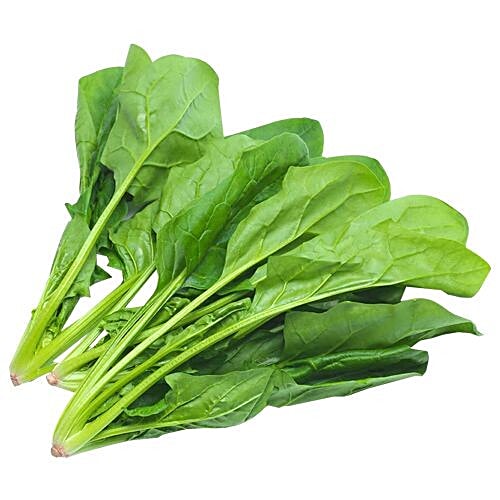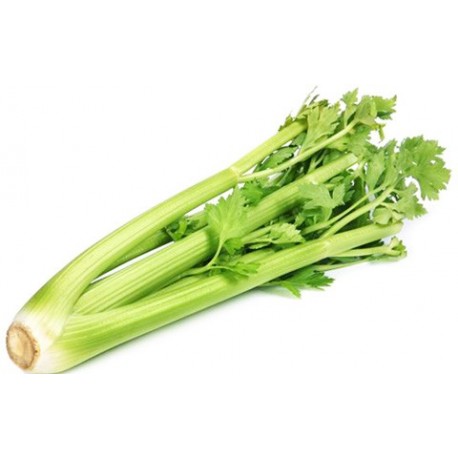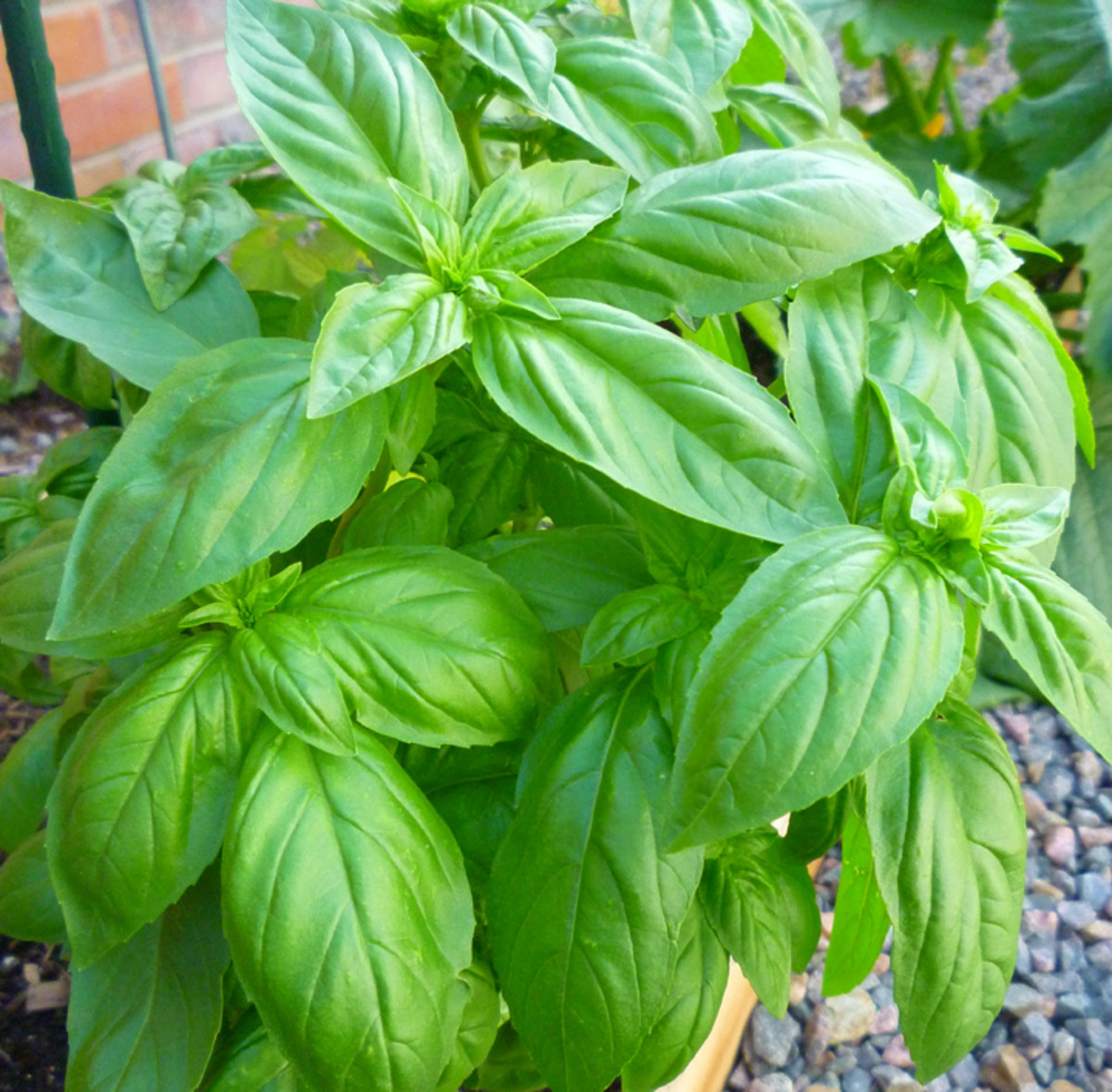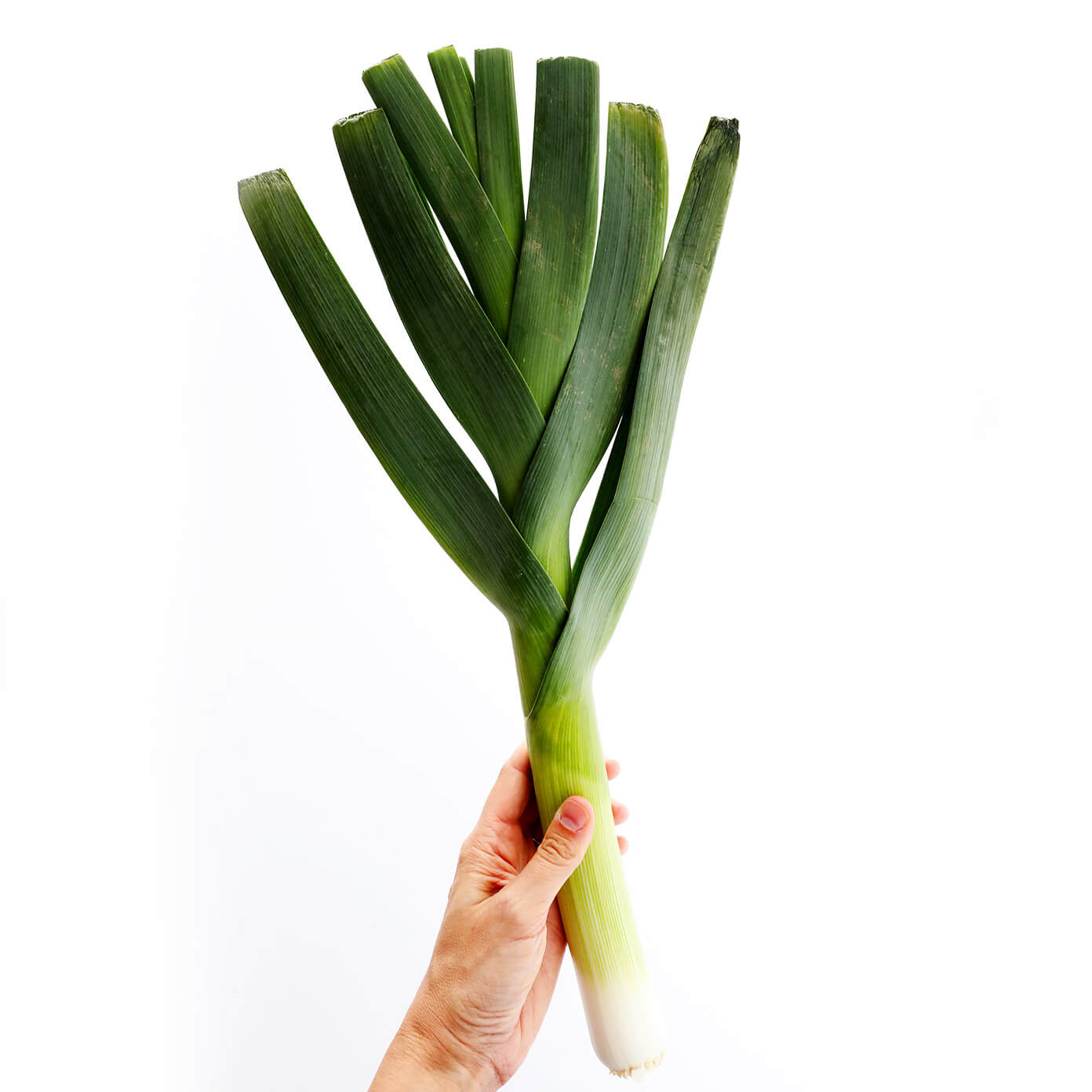Has your doctor suggested lots of leafy vegetables in your daily diet? Then you should know about all the leafy vegetables that you can buy from your local market.
Most of the leafy vegetables names , like spinach, parsley, kale, coriander leaves, mint leaves, celery, and lettuce. However, some colored leafy vegetables are also available, which you can add to your recommended diet.
You need to know the nutrient value of each of these leafy vegetables so that you can obtain maximum nourishment by consuming them.
You should also be aware of the health benefits of eating each leafy vegetable. Moreover, you also need to know how to cook these leafy vegetables to make your meals tastier.
In this guide, we ranked and reviewed the 15 best green leafy vegetables, along with our top 3 choices, so that you can pick the best one for you.
Leafy Vegetables Names
1. Spinach

Spinach is a very popular green leafy vegetable that is highly nutritious.
Doctors recommend its consumption to patients suffering from various ailments.
You can cook delicious curries, soups, smoothies, and salads with boiled spinach leaves or spinach puree.
It is called Palak in HIndi.
Health benefits
Nutrients present in spinach
- Carbohydrate
- Vitamin A
- Vitamin C
- Vitamin K
- Folate or Vitamin B9
- Iron
- Potassium
- Calcium
- Magnesium
- Fibers
- Oxalate
- Antioxidants, like carotenoids and zeaxanthin
2. Kale

Kale is a highly nutrient-packed leafy vegetable, which offers many health benefits.
Since some of its nutrients can be destroyed while cooking, you should eat kale leaves raw to avail of all its benefits. However, it can be steamed or roasted as well.
It belongs to the Cruciferous family of plants, like cabbage and broccoli. Curly kale is the most common variety available in the market.
HEALTH BENEFITS
Health benefits of eating kale
- Protein
- Calcium
- Iron
- Manganese
- Magnesium
- Sodium
- Potassium
- Fibers
- Vitamin A
- Vitamin B6
- Vitamin C
- Vitamin K
- Antioxidants, like beta-carotene
3. Lettuce

Lettuce is a popular leafy vegetable, which is usually used in salads.
It can also be used in wraps, soups, veg burgers, and sandwiches. It is a low-calorie food while providing lots of healthy nutrients.
Thus, it is widely used as a healthy leafy vegetable that can be given even to patients.
Different types of lettuce are available, among which iceberg lettuce, butterhead lettuce, romaine lettuce, and red leaf lettuce are the most popular ones.
Health benefits
Nutrients present in lettuce
- Protein
- Carbohydrate
- Fibers
- Vitamin A
- Sugar
- Vitamin C
- Vitamin K
- Iron
- Calcium
4. Coriander leaves

Fresh coriander leaves are widely used for preparing various dishes all over the world.
The seeds of this plant are used as a spice for culinary purposes.
These leaves are also called cilantro that is used for spicing Mediterranean cuisines.
Health benefits
Nutrients present in coriander leaves
- Vitamin A
- Vitamin C
- Vitamin K
- Iron
- Calcium
- Small amounts of protein, carbohydrate, and fiber
- Antioxidants
5. Parsley leaves

Parsley is a popular herb that is added for flavor and nutrition in many dishes cooked in European, American, and Middle Eastern regions.
Fresh parsley
leaves are easily available in all markets.
French parsley and Italian parsley are the two varieties, which are also called curly leaf parsley and flat-leaf parsley respectively.
Health benefits
Nutrients present in parsley leaves
- Vitamin A
- Folate or Vitamin B9
- Vitamin K
- Calcium
- Magnesium
- Potassium
- Antioxidants called flavonoids
6. Curry leaves

Curry leaves are adored for rendering delicious aroma and flavor to several South Indian cuisines, justifying its name.
This small leaf also has great medicinal value.
Hence, curry leaves are very popular among the Indian masses.
Health benefits
Nutrients present in curry leaves
- Carbohydrates
- Proteins
- Vitamin A
- Vitamin C
- Vitamin E
- Fibers
- Calcium
- Iron
- Phosphorous
7. Mustard greens

Mustard greens are leaves of the plant that produces mustard seeds.
Though there are different species of mustard, all mustard greens are marked with the same spicy aroma and strong flavor.
This leafy vegetable can be cooked anyhow and eaten in any form, like boiled, stir-fried, or steamed.
Health benefits
Nutrients present in curry leaves
- Carbohydrate
- Protein
- Fibers
- Sugar
- Vitamin C
- Vitamin A
- Vitamin E
- Vitamin B6
- Vitamin K
- Copper
8. Celery leaves

Celery is also called diet food because of its low-calorie content. Its stalk and leaves are a bit crunchy even after cooking.
It has multiple health benefits, for which it is so popular all over the world. It is recommended by most dieticians, due to its high nutrition value.
However, it should be eaten immediately after slicing into pieces, as it starts losing its nutrients after chopping.
Health benefits
Nutrients present in celery leaves
- Vitamin A
- Vitamin C
- Folate or Vitamin B9
- Vitamin K
- Magnesium
- Potassium
- Iron
- Antioxidants
9. Fenugreek leaves

Fenugreek plant is highly useful as its leaves and seeds are in high demand for rich nutritional value.
It is called ‘Methi’ in India and is widely eaten in all parts of the Indian subcontinent due to its unique flavor.
Its dark green oval leaves are very tasty when cooked and dried leaves are also used as a spice called Kasuri methi.
Health benefits
Nutrients present in fenugreek leaves
- Vitamin A
- Vitamin B complex
- Vitamin C
- Vitamin K
- Calcium
- Dietary fibers
10. Spring onion

Green spring onion is widely consumed due to its aroma and flavor.
It is also called scallion and is preferred for its mild flavor.
Thus, it is a popular vegetable that provides lots of healthy nutrients.
Health benefits
Nutrients present in spring onion
- Vitamin A
- Vitamin C
- Vitamin K
- Sodium
- Iron
- Magnesium
- Potassium
- Carbohydrate
- Dietary fibers
11. Mint leaves

Mint has many varieties, among which peppermint and spearmint are the most popular.
Fresh mint
leaves add flavor to foods.
This leaf also renders a cooling effect to the body, for which it is an ideal food in the hot tropical climate.
Health benefits
Nutrients present in Mint leaves
- Vitamin A
- Folate or Vitamin B9
- Iron
- Manganese
- Fiber
12. Sweet basil

Sweet basil is an herb that is mostly used for culinary purposes.
It looks like ordinary basil leaves, which vary in size and color.
Different species of sweet basil are available, which can be grown at home all over India.
Most of its properties and nutrition value are the same as common basil leaves.
Health benefits
Nutrients present in SWEET BASIL
- Vitamin A
- Vitamin K
- Calcium
- Manganese
- Iron
- Antioxidants
13. Water spinach

Water spinach is a creeper plant that grows in water.
This is aquatic herb is also called Kalmi saag in Eastern India.
It is a tropical herb that can be cooked to make the leaves tender while stems remain a bit crunchy with a mild flavor.
Health benefits
Nutrients present in WATER SPINACH
- Dietary fibers
- Protein
- Potassium
- Magnesium
- Calcium
- Iron
- Vitamin C
- Vitamin B6
- Sodium
- Carbohydrates
14. Sushni saag

Sushni saag is mainly available in different parts of Eastern India.
It is a very healthy leafy vegetable and is widely consumed by people living in rural areas.
They lightly fry it in mustard oil and cook with Moong dal and other vegetables, like eggplant and pumpkin, to serve with rice.
Health benefits
Nutrients present in sushni saag
- Water content
- Calcium
- Phosphorous
- Carbohydrates
- Protein
- Fiber
15. Leek

Leek is actually not a leaf but a bunch of leaf sheaths, which is sometimes mistaken for a stem.
It belongs to Genus Allium, the group that also comprises onion and garlic.
It is cultivated and also available in the wild. Leeks can be eaten raw, by cutting them into thin slices and adding them to salads.
It can be cooked with other vegetables, like boiled potatoes or beans
Health benefits
Nutrients present in Leek
- Carbohydrates
- Protein
- Fibers
- Sugar
- Vitamin K
- Vitamin B6
- Vitamin C
- Folate or Vitamin B9
- Manganese
- Copper
Conclusion
All these above-mentioned leafy vegetables names are very popular in the Indian subcontinent. Most of these are available at cheap prices in all common vegetable markets.
Thus, people can easily buy them and cook delicious dishes for their daily meals. These green leafy vegetables supply all the required nutrients to vegetarians that they may miss by not eating animal products.
Frequently Asked Questions
Q1. What are examples of leafy vegetables?
All edible leaves are known as leafy vegetables, which are full of different essential nutrients. Kale, spinach, collard greens, fenugreek leaves, coriander leaves, curry leaves, and lettuce are common examples of leafy vegetables.
Numerous other varieties of leafy vegetables are available in India, which are all available at very cheap prices in the market.
Q2. What are 10 green vegetables?
Broccoli, spinach, fenugreek leaves, green peas, cabbage, ladyfinger, pointed gourd, bitter gourd, ridge gourd, and French beans are the most common green vegetables consumed in India.
These vegetables are known to hold large amounts of vital nutrients, including different vitamins and minerals. Thus, people need to include these green vegetables in their daily diet.
Here are my best green leafy vegetables names:
Also Read: Check out my reviews of the best image editing software, the top choices for video editing software, and my full guide to start a blog for beginners.


